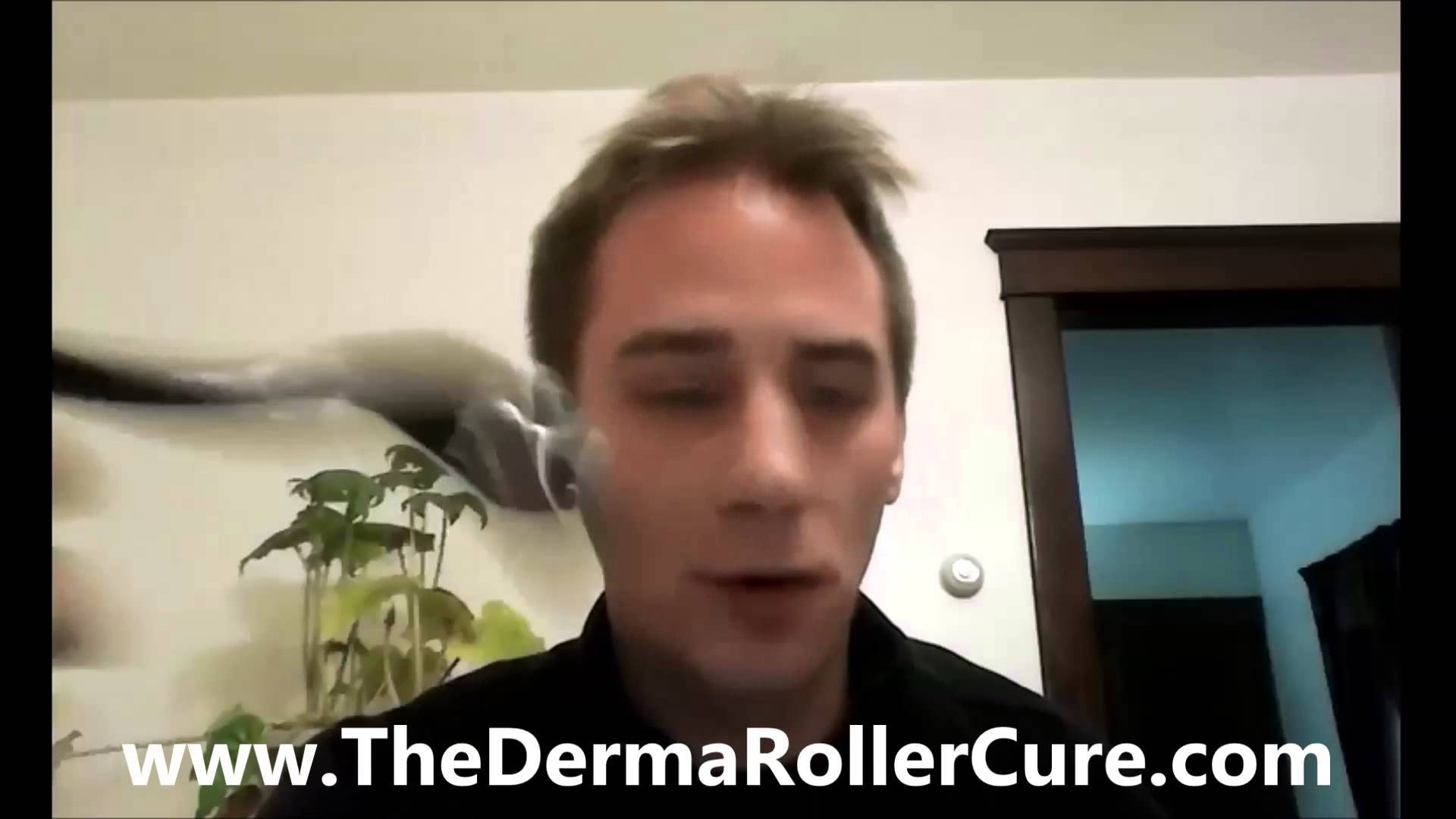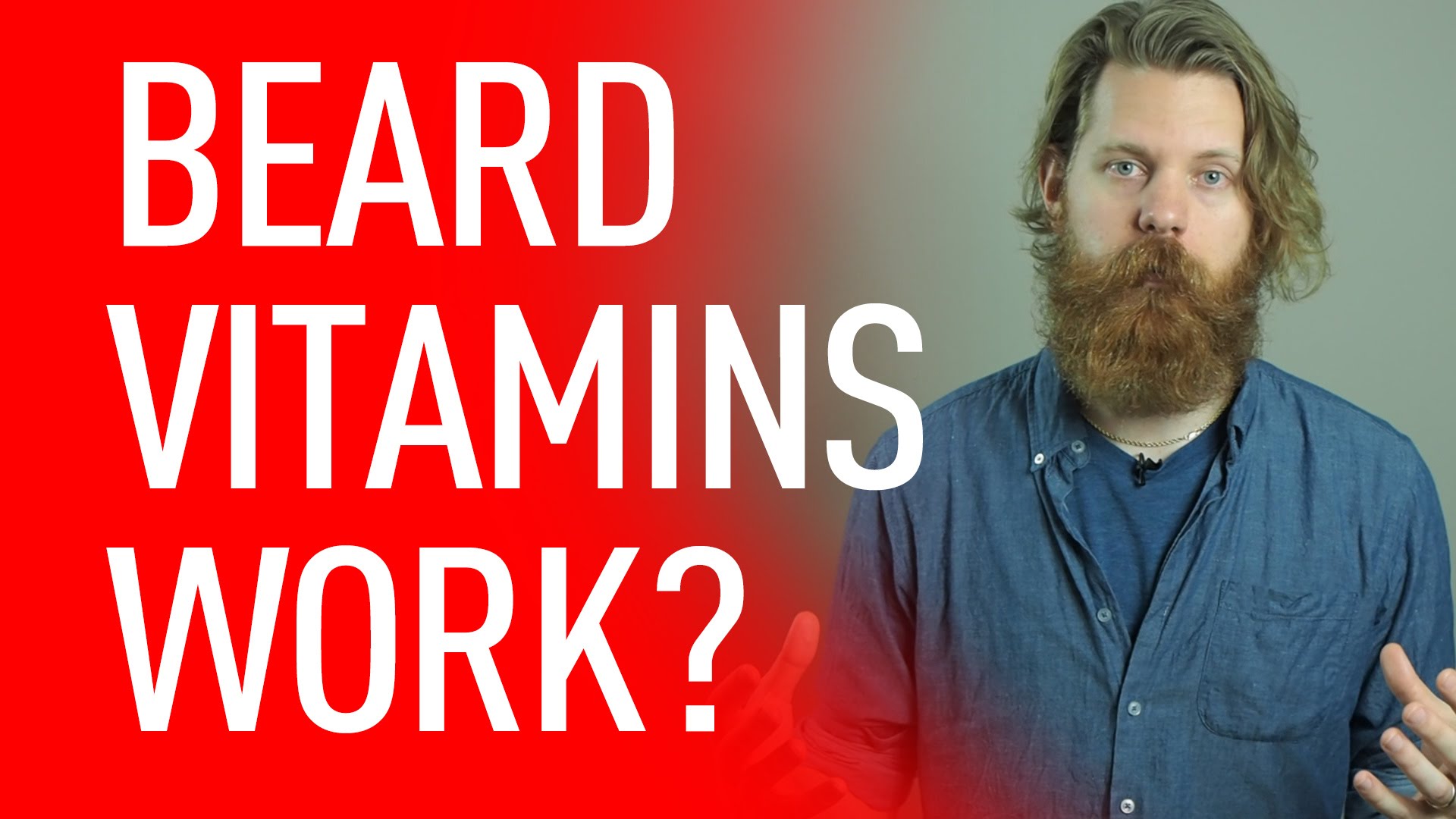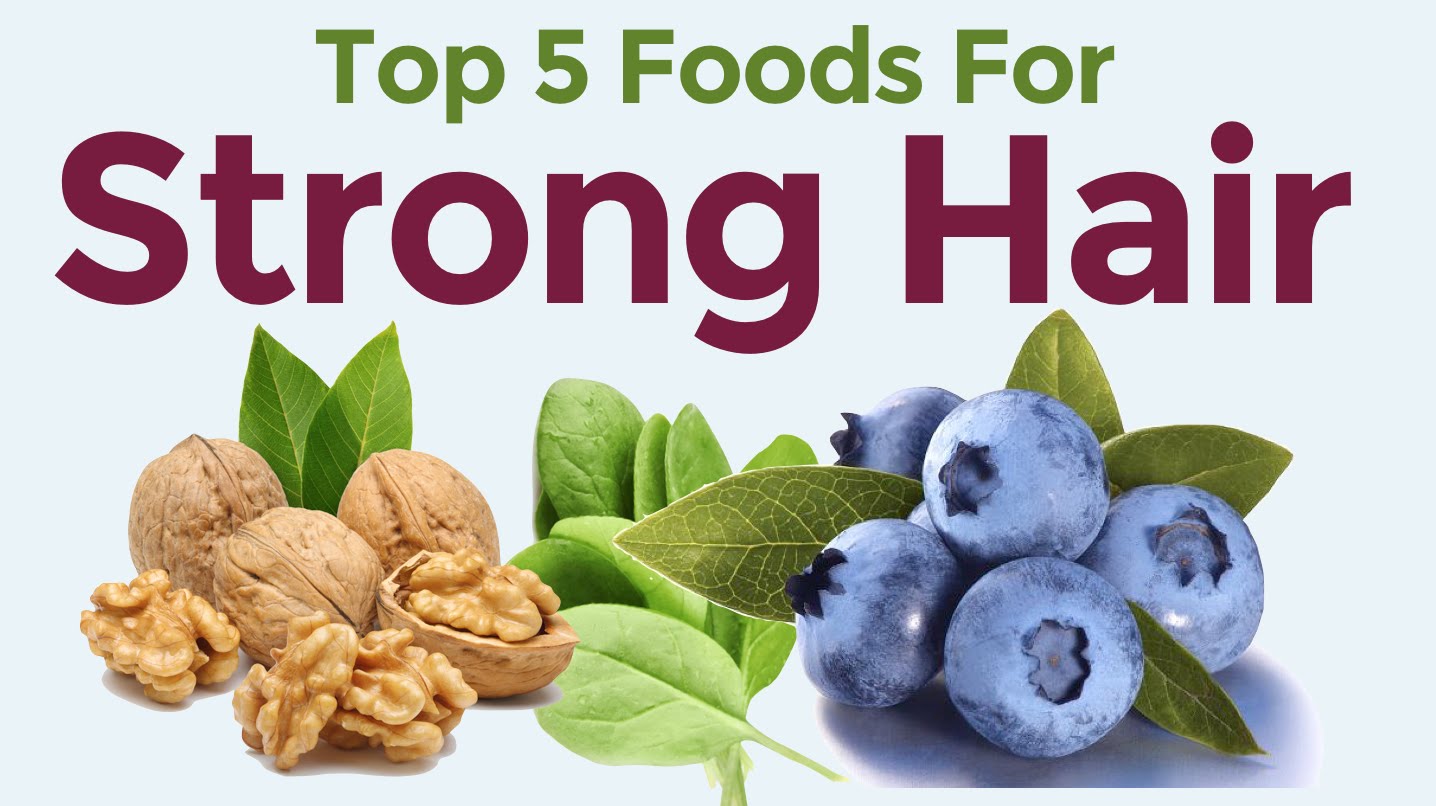Ferreting Out the Truth About What Kills Hair Follicles
What kills hair follicles is an interesting topic that goes to the core of most major hair loss concerns. The follicle is a sac like pouch that houses the root and bulb just below the skins surface. The root of a new hair stimulates the development of the hair bulb, which brings keratin (a protein) to the growing hair. The keratin along with dead hair cells continually push upwards producing what we commonly refer to as hair.
As you can see, if follicles die, so dies your chances of avoiding balding. But what kills hair follicles and how might I avoid this potential problem?
Some will make the case that burns or scalp injuries damage follicles, and in some severe cases this might in fact be true. Others will make the case that severe bacterial or fungal scalp infections may spell doom for hair follicles while still others will rightly make the case than autoimmune disorders are ultimately responsible for follicle death. All of the above are true but ultimately the primary cause of follicle death are hormones combined with a genetic predisposition to those hormones.
In those genetically predisposed (90% of men, 25% of women) a group of hormones called androgens are hard at work shrinking and ultimately causing follicle death. The androgen hormone testosterone is converted to dihydrotestosterone (DHT) by the hair loss mediating enzyme (5 alpha reductase type 2). Once this transition occurs DHT then binds with receptors deep within the hair follicle. Over the course of a number of years the buildup of DHT will cause the follicle to systematically decrease size. Some of the follicles will die, while others will no longer be able to produce or sustain healthy hair growth. In a nutshell, when asking what kills hair follicles, the answer is dihydrotestosterone buildup.
So we now have established the primary cause in relation to what kills hair follicles and the obvious next step is to look for a solution.
The most often used solution for damaged follicles or dead follicles is the drug minoxidil (Rogaine). Minoxidil is a topical solution that must be applied twice daily. It seems to be very effective if reviving damaged follicles and preventing future damage in nine out of every ten people. When follicle damage is severe the results are less impressive with only about a 20 percent success rate.
To improve these results some have found success by combining topical minoxidil with herbs shown to inhibit and/or block dihydrotestosterone (DHT). The two most often associated with inhibiting DHT are saw palmetto and nettle root extract. Saw palmetto is known for its anti-androgen properties as well as its benefits to prostate health. Saw palmetto is not suggested for use by women. Nettle on the other hand is safe for both men and women, is high in vitamins A and C, and many naturopathic doctors rank it slightly higher in its ability to inhibit DHT conversion.
What Next? There are currently a handful of hair re-growth products (specially formulated for both men and women) which have been proven effective both in blocking harmful hormones and bringing the all important dead hair follicles back to life. These specially formulated treatments can be used both as a preventative tool, starting before hair loss becomes severe, or after loss of hair has become noticeable. Whatever the level of balding or thinning you are experiencing these products could be just what is needed to overcome this latest life challenge.
Ferreting Out the Truth About What Kills Hair Follicles by Robert D Hawkins





